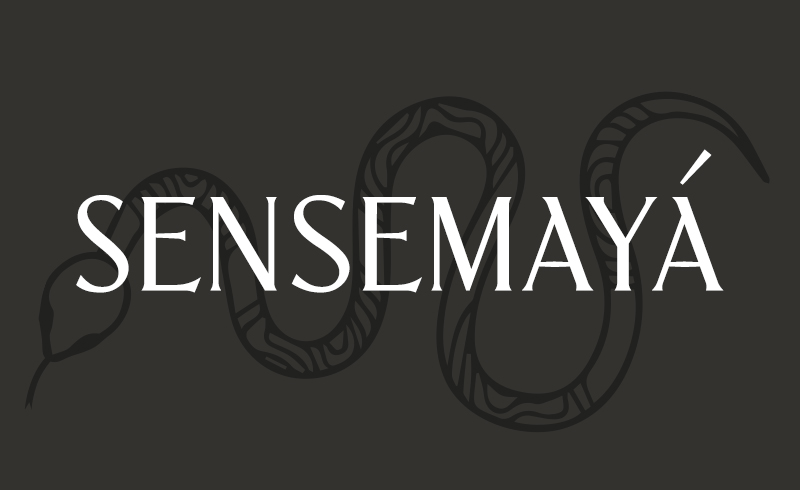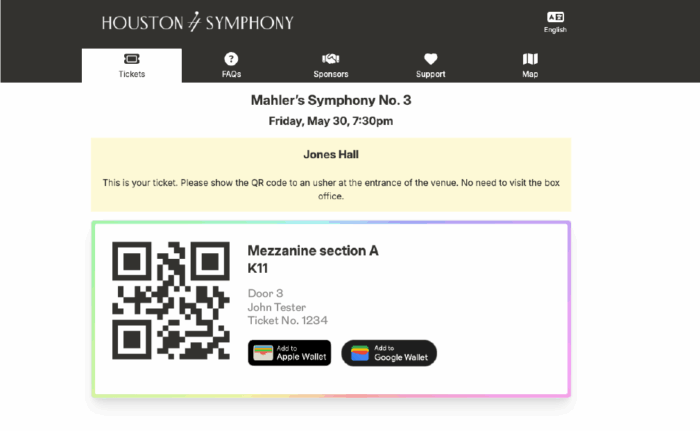For Silvestre Reveultas, Sensemayá made him one of the most well-known Mexican composers. Over ten years later, the piece gained international attention through a New York performance under the baton of former Houston Symphony Music Director Leopold Stokowski. See the Houston Symphony perform this oral tone poem along with Stravinsky's Rite of Spring January 20, 21 & 22.
Silvestre Reveultas was born in 1899 as the oldest of 12 children in Santiago Papasquio, Durango in Mexico. Growing up in an artistic family, he began playing violin at the age of eight. In 1917 Revueltas moved to the United States during the Mexican Revolution, where he studied violin at St. Edward College in Austin, Texas and later the Chicago Music College. Despite all his music studies, Reveultas was a primarily self-taught composer and, along with Carlos Chavez, became a leader of 20th Century Mexican music. One of the pieces that made him well known was Sensemayá.
Reveultas’ Sensemayá is an orchestral tone poem inspired by a poem with the same title, written by Nicolás Guillén, which in turn is based on an Afro-Cuban snake sacrificial ritual. The poem itself is an auditory poem, meaning it is better to be heard it rather than read. The opening line “M’yombe-bombe-mayombe”, derived from the term “mayombero” or the leader of the snake sacrifice ceremony, resonated with Reveultas and became the main motif for the piece. Rhythmic and word repetition were the base for both the poem and orchestration.
Reveultas composed Sensemayá as a very literal text-to-music translation to keep the rhythmic integrity of the poem. This means the instruments are used to “translate” the poem from words into rhythmic sounds. Both the poem and the orchestration play with Spanish classic meter and rhyme schemes and is broken into an A-B-A1-coda structure, where A is the main motif, B introduces a new motive group, A1 takes the main motif and turns it into variations, and the coda brings everything together to end the piece.
A Section
The beginning of the piece starts with a 7 over 8 rhythmic base, which overlays in time with the title of the piece.
Shortly after, the rhythm of the second motif, m’yombe-bombe’mayombe, is presented by the bassoon. Although Reveultas wanted to maintain the integrity of the poem’s rhythm, he took some artistic liberties as well. The first iteration of “m’yombe-bombe-mayombe” is not a direct translation of the rhythm from the poem, as that is used later in the piece in the B section.
This motif remains for most of the piece as it’s passed to different sections of the orchestra. The first theme is introduced by the tuba, an uncommon instrumentation choice for such a task, and is then answered by the french horn. This theme repeats as more instruments are added and the texture and dynamics start to intensify.
B Section
The B section hands off the rhythmic base to the timpani, Indian drum, and trumpets while the strings play a syncopated variation on top.
Theme two is introduced by the french horns in response to the first theme before transitioning to the second theme. Underneath theme two, the trumpets and trombones play a counterpoint melody.
A1 Section
The A1 section compliments the opening of the piece by pulsating the rhythmic base before repeating the primary Sensemayá motif, but almost immediately, the trombones and tuba introduce a third motif. Where the first theme would be revisited, the woodwinds interrupt with a 7 over 16 bar that shows up for the remainder of the piece in the same manner, representing the attempted killing of the snake.
Reveultas’s orchestration of “Sensemayá” is so well done, the piece seems to “sing” the poem and expand the meaning. While vocal inflections tell a story one way, the use of brass and woodwinds versus strings paint a more defined picture of the opposing forces of man versus snake: the threatening brass and woodwinds as the man with slithering strings as the snake. The coda brings all the elements together and feels like the final drop of a knife, killing the snake. —Olivia Cantrell
Don’t miss this poem come to life along with Stravinsky's Rite of Spring January 20, 21 & 22!









